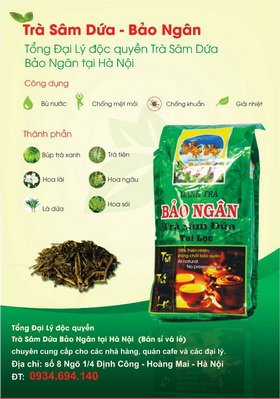Ai giúp mình vs! thankReaction 1. 2H+ + 2e– = H2 E o— = 0.000 V SHE.Reaction 2. O2 + 2H+ + 2e– = H2O E o— = + 1.228 V SHE.Note that Reaction 2 is an alternative form of the equation introducedearlier:O2 + H2O + 2e– = 2OH–but re-written in terms of H+ ions instead of OH– ions, to permit plottingon the potential-pH diagram. The gases are evolved against atmosphericpressure, so that aH2 = aO2 = 1.Application of the Nernst equatio... Ai giúp mình vs! thankReaction 1. 2H+ + 2e– = H2 E o— = 0.000 V SHE.Reaction 2. O2 + 2H+ + 2e– = H2O E o— = + 1.228 V SHE.Note that Reaction 2 is an alternative form of the equation introducedearlier:O2 + H2O + 2e– = 2OH–but re-written in terms of H+ ions instead of OH– ions, to permit plottingon the potential-pH diagram. The gases are evolved against atmosphericpressure, so that aH2 = aO2 = 1.Application of the Nernst equation yields:Reaction 1. E = 0.000 – · log= – 0.0591 pH (3.26)—————–––Reaction 2. E = + 1.228 – · log= 1.228 – 0.0591 pH (3.27)––––––––––––––––––––Equations 3.26 and 3.27 are superimposed as dotted lines on Figure 3.2.The two lines enclose a domain within which water is stable. For combinationsof potential and pH above the top line, water is unstable and decomposesevolving oxygen. For combinations below the bottom line, it is alsounstable and decomposes evolving hydrogen.3.1.5.4 Application of Pourbaix Diagrams to Corrosion ProblemsThe first requirement is to select the appropriate lines from the Pourbaixdiagram. An internationally agreed convention is adopted in which ametal is considered to be actively corroding if the equilibrium activity of asoluble ion derived from it, e.g., aFe2+ or aFe3+ exceeds 10–6. For clarity, thediagram for aFe2+ = aFe3+ = 10–6, selected from Figure 3.2, is given inFigure 3.3.As explained later in discussing kinetics, a metal exposed to an aqueousmedium acquires a potential from coupled electrode processes such as
Xem thêm.
 0 · 05/04/17 08:49:47
0 · 05/04/17 08:49:47 0 · 05/04/17 08:55:44
0 · 05/04/17 08:55:44

